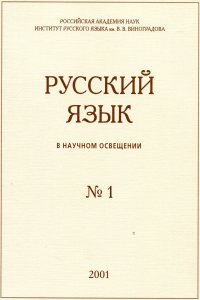Approximative constructions with numerals in the late Old Russian chronicles and notarial acts
Abstract:
This paper discusses the types of approximative constructions with numerals in the Russian chronicles and notarial acts of the late 14th–17th centuries. The material for the study was: Tipografskaya letopis (late 14th — 15th cent.), Nikonovskaya letopis (16th cent.), Pskovskaya III letopis (16th cent.), Kholmogorskaya letopis (16th cent.), Dvinskoj letopisec (17th cent.), Acts of the Russian State 1505–1526 (16th cent.), Acts of the socio-economic history of North-Eastern Russia (late 14th — early 16th cent.), Mozhajskie akty (17th cent.). As a result, the principle of numerical rounding was revealed, both for approximative and non-approximative constructions. The most frequent methods of approximation are the construction with bol’she, the construction with do and “sъ + acc.”, as well as number range constructions. The distribution of approximative constructions depends on the language register. The construction “sъ + acc.” is neutral, the construction with jako is used in bookish contexts, the construction with approximative inversion is non-bookish. The earliest examples of the approximative-inversion construction date back to the end of the 15th century.


